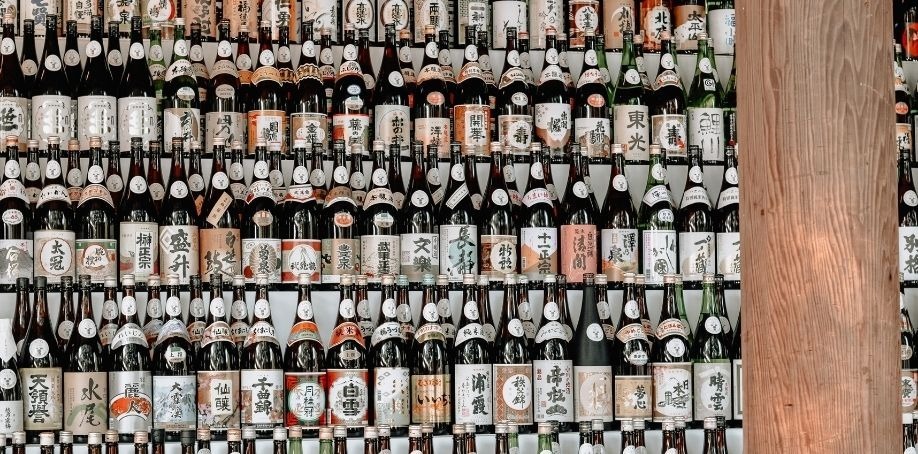SAKE 101 - EVERYTHING YOU NEED TO KNOW

Saké has picked up quite the popularity amongst consumers all over the world. As Japanese cuisine gets more popular, so does saké.
So, let’s discover the history of Saké, the process of making it, and its popularity across the globe.
Saké is the traditional alcoholic beverage of Japan with a history that dates back to nearly 2000 years. It is made from fermented rice. The rice variety which is used for making Saké, goes through a polishing process, whereby the outer bran of the rice is removed and the resulting polished grain of rice is used for making Saké.
Many people refer to Saké as Saké wine, but in terms of method of production, it resembles beer because it goes through a process where the starch inside the rice is converted to sugars and thereafter the sugars are fermented to alcohol.
Saké is a ceremonial drink with great cultural significance in Japan. When having Saké, it is important to remember not to guzzle it like a beer or a tequila slammer. Not only is this disrespectful to the cultural significance of enjoying Saké, but seasoned drinkers of Saké might have a good laugh if it's gulped down.
The traditional way to enjoy Saké
Saké is best enjoyed in tiny cups, which in traditional Japanese are known as Chokos. Tiny sips of Saké from a Choko allows one to enjoy the complex flavours of the drink. Sakés come in a variety of styles from being very light and aromatic to slightly richer or heavier with more complex umami flavours.
The traditional way to pour Saké in the Choko is from a flask which is made of either glass or ceramic. A traditional Japanese flask is known as Tokkuri. The Saké inside the flask can be hot or cold depending on the style of Saké. The lighter ones are generally enjoyed colder and the slightly heavier richer ones are enjoyed warmer. It would be ideal to pour the Saké from an elegant Tokkuri flask.
A tiny sip of Saké should be consumed just like sipping on a cup of hot fine tea or a glass of fine wine. Speaking of wine, Saké can also be enjoyed out of a wine glass. Having Saké from a wine glass is a more modern way of enjoying it, which is also alright, but the right way to enjoy Saké is the Japanese style of pouring it from a Tokkuri into a Choko.
Saké Etiquette
One thing you need to remember about Saké pouring is one never pours Saké for oneself, especially when with guests or with people around. The etiquette for serving Saké demands that it is first served to fellow diners and allow the diners to serve it in your Choko cup.
When someone is pouring the Saké at the table, it is perfectly okay for you to move the Choko cup closer towards the person in order to facilitate ease and convenience.
Foods to be paired with Saké
Saké is brilliant with all kinds of Japanese fare. But a brilliant pairing would be a plate of Sushi. A number of other Tapas style dining dishes which the Japanese refer to as the "Izakaya”, also go well with a Saké.
Sakés are also paired with other kinds of cuisines including Indian, both vegetarian and non-vegetarian. If one is creative, Saké can be experimented with a wide range of foods.
Finally, it's time to raise the Choko cups and say cheers in Japanese. The traditional way to say cheers in Japanese when drinking Saké is "Kanpai."
So, Kanpai to all Saké lovers!!!
Originally published May 12, 2022